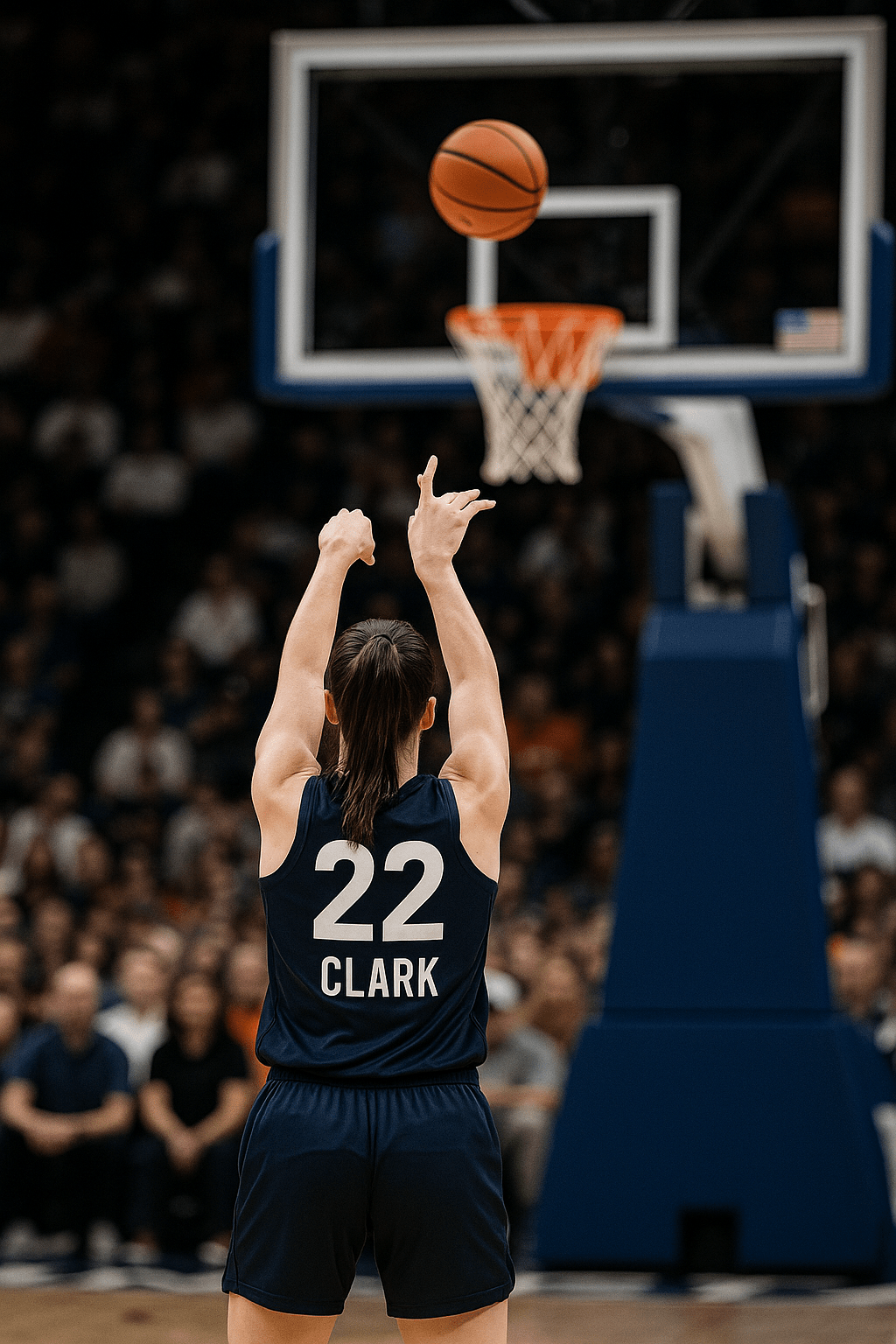WNBA pay has become one of the most heated debates in sports today. With Caitlin Clark drawing record crowds and boosting TV ratings, the gap between her influence and her paycheck has sparked frustration. Players argue they deserve more, while league officials stress financial realities, leaving both sides locked in a tense standoff.
Rising star, familiar problem
The WNBA has never had more eyes on it.
Caitlin Clark’s jump from the University of Iowa to the Indiana Fever has reignited national interest in women’s basketball. Ticket sales have soared. Merch is flying off the shelves. And social media buzz has never been louder.
But an eternal resurfaced, pay.
Stark numbers, louder voices
The average WNBA salary sits around $120,000 per season. Clark, despite her status, will earn $76,535 in her rookie year. Meanwhile, NBA rookies start with salaries north of $900,000.
“Pay us what you owe us,” one player shouted during a protest outside Barclays Center in June. The phrase quickly became a rallying cry across platforms.
Why Such A Gap?
League officials argue it’s more complicated than it looks.
WNBA President Cathy Engelbert said in a recent interview that revenue, not intent, is the issue. “We want to pay more,” she said. “We need more investment, more viewers, more sponsors. We’re on the way.”
But players and many fans just aren’t buying it.
The Caitlin Clark Effect
Clark has been called a “game-changer” for the WNBA. She’s drawn record crowds in places like Indianapolis, Chicago, and Phoenix. Her jersey sold out within minutes on Fanatics in May.
Yet, her paycheck remains bound by collective rules.
“It’s insulting,” said a former player turned analyst. “She’s the face of the league right now, and she can’t even fly charter unless the team pays extra.”
Players Want More Than Pay Raise
For many players, the issue is more than just about money.
It’s about respect.
“Don’t tell us we’re growing the game while keeping us on economy flights and cutting salaries,” one WNBA veteran wrote on X (formerly Twitter). “Respect is tangible.”
League Response
Executives point to the 2023 CBA (Collective Bargaining Agreement) as progress. Maximum salaries increased. Travel standards improved.
They say the league can’t risk blowing up its budget just to satisfy a few headline-makers.
“We’re building something sustainable,” Engelbert stressed. “This isn’t about one player, it’s about 144.”
Bad Blood And Big Stakes
That sentiment has fueled more division.
Some players feel the league is hiding behind caution. Others think certain stars like Clark or A’ja Wilson, deserve contracts that match their commercial value.
But owners warn against creating a tiered system too quickly. One executive in Las Vegas said, “We love the growth, but we can’t destabilize the league for a moment.”
Is change coming?
Possibly, but slowly.
TV ratings are up, attendance is rising, corporate sponsors like Google, Nike, and Gatorade have expanded their WNBA partnerships.
But until league revenues grow enough to support NBA-level wages, the gap and the anger will likely persist.
For now, the chant, “Pay us what you owe us,” continues.
Conclusion: A League at a Crossroads
The WNBA stands on the edge of a new era. Stars like Caitlin Clark are pulling in fans, sponsors, and media in ways the league has never seen. But growth has exposed long-standing cracks.
The call for better pay isn’t just about numbers, it’s about fairness, visibility, and respect. As the chant “Pay us what you owe us” echoes louder, the WNBA faces a choice: evolve fast or risk alienating the very players driving its rise.
Change is coming, but the pace and who benefits from it, remains uncertain.
FAQs
Clark is subject to the league’s rookie pay scale, which caps her earnings regardless of her popularity or commercial value.
As of 2025, the average WNBA salary is around $120,000. Some top players can earn more with bonuses and endorsements.
League officials say it’s due to revenue differences. The NBA generates billions annually, while the WNBA operates on a much smaller scale.
Yes. The 2023 Collective Bargaining Agreement raised maximum salaries, improved travel conditions, and added benefits like paid maternity leave.
Often, yes. Some players earn double or triple their WNBA salary by playing in Europe or Asia during the offseason.
Clark has significantly boosted ticket sales, TV ratings, and merchandise demand, leading many to call for updated pay structures to reflect her value.


